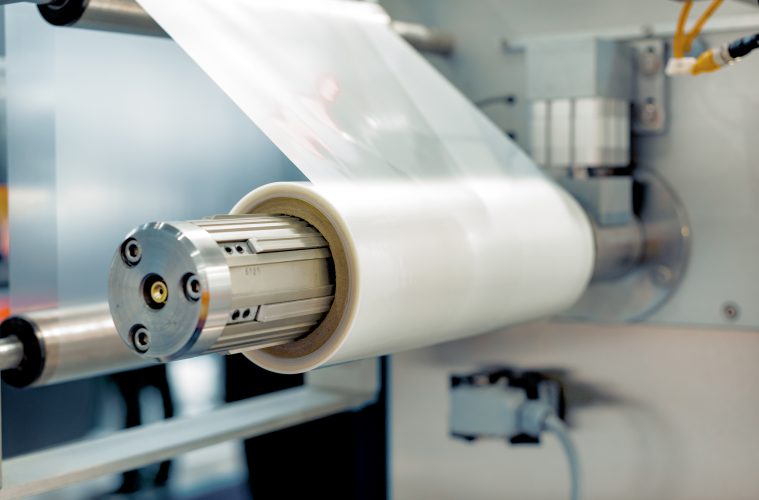Anti-blocks, anti-blocking additives, or “topcuts” refer to the largest particles found within a material blend having a specific particle size distribution. For example, in plastic manufacturing, anti-blocking additives reduce blocking at the surface of polymer films and so that it becomes easier for the blend to be processed and handled.
Traditional anti-blocking additives can be divided into inorganic and organic types. Inorganic anti-blocks, such as silica or talc and simply work by reducing the contact between polymers, in addition to reducing the micro-roughening of the surface of the polymer. This reduction of friction and contact between films improves performance of the blend.
Many types of Anti-blocking agents are provided by Pure Polymers, ranging from synthetic silica formulations that have the advantage of giving high clarity of the final product, through natural silica that offers high, to calcium carbonate that is used when simple anti-blocking without clarity is required.
When dealing with particles, a distribution of particle sizes actually exists. The term “topcut” refers to the largest particles found within a given material’s particle size distribution. Also, it is important to note that the more irregular the shape, the more effective an inorganic particle should be in affecting anti-block properties.
What is blocking plastic?
Generally saying, all-polymer films tend to stick to themselves. This adhesion is termed ‘blocking’. Blocking occurs when two films of polymers are pressed together during processing (rolling) or after stacking finished converted films. Blocking is also defined as the adhesion of two adjacent layers of film or polymers.
The degree blocking is a function of the film’s characteristics as well as the effects of outside forces affecting the film. Blocking can affect the film’s entire life cycle, from processing during manufacture of the film to its performance during end-use.
What are the causes of blocking plastic?
Blocking of film-film layers occurs due to the presence of Van der Waal’s forces between the amorphous regions of the polymer. These forces increase with reduced distance between the two layers so that blocking increases when two layers are pressed together.
Causes of blocking include:
- Residual solvents.
- Plasticizers.
- Static which can promote adhesion between flexible packaging materials.
- High pressures or temperatures that the film may encounter during extrusion, use or storage
How does anti-blocks added to plastic polymers?
Anti-blocking additives are added at low levels to provide optimized blocking performance without impacting the clarity of the film. Adding anti-blocking additives is considered very important in the production of certain resins or plastic products.
These additives are added to the polymers in a concentration of 1,000 ppm to 6,000 ppm, during the extrusion phase, to avoid the blocking or adhesion of layers.
The dosage of anti-blocks varies according to the following factors:
- Film thickness.
- Film grade.
- Additive used.
- Extrusion conditions.
The use of anti-blocking masterbatches resolves the major problem that is commonly encountered in the film manufacturing or use:
The facilitation of rolling film coils; this will prevent air bubbles formation and trapping between films, which can cause small localized flaws that grow as the spires pile up. These flaws are called “dots”. The coils thus manufactured are no longer cylindrical, and the film isn’t perfectly flat when it is unrolled.
What are the key benefits of anti-blocking additives supplied by Pure Polymers?
- High film clarity.
- Reasonable costs.
- Efficiency.
- High quality.
- Fast delivery to clients.
What are the advancements achieved in the technology of packaging materials?
Plastics industry is growing rapidly due to its use in a broad range of industries. The increasing consumer awareness to develop new age and environmentally friendly products have led to the undertaking of new technologies in the packaging industry. The use of nanocomposites as packaging fillers, specific anti-blocking additives in addition to other additives that serves the product quality, enabled plastic manufacturing and production to reach a newer and higher level in terms of application and implementation.
Who are the target audiences for the anti-block additive?
- Anti-block additive manufacturers.
- Anti-block additive suppliers and distributors.
- Raw material suppliers.
- Service providers.
- Government bodies.
Other applications of anti-blocking agent include:
- Packaging
o Food.
o Pharmaceutical.
- Non-packaging
o Agriculture.
o Medical.
Finally, Pure Polymers provide a high level of anti-block additives. You can simply request a quote call from our marketing department





